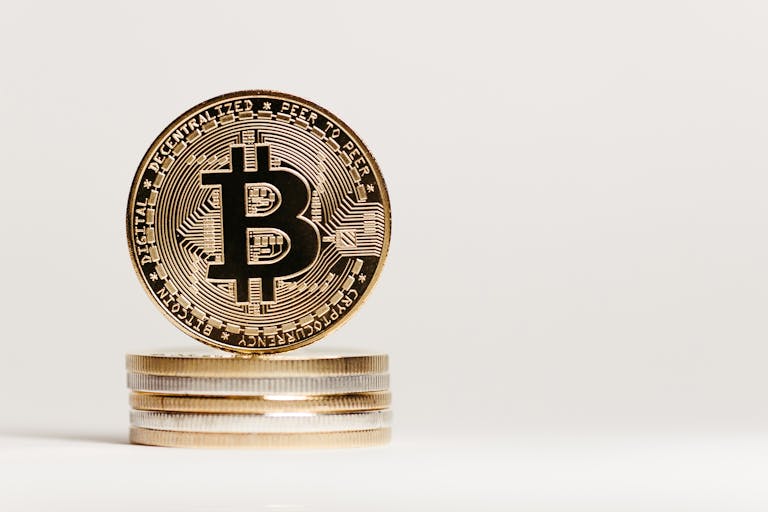How to Recover Lost Crypto Funds: A Comprehensive Guide
In the rapidly evolving world of cryptocurrency, losing access to your digital assets can be a nightmare. Whether due to a forgotten password, a lost private key, or a scam, the irreversible nature of blockchain transactions means recovery is often challenging. However, there are steps you can take to reclaim your funds. This guide outlines practical strategies, prevention tips, and important considerations to help you navigate the complexities of recovering lost crypto.
Common Reasons for Losing Access to Crypto
- Lost Private Keys or Recovery Phrases: These are the "keys" to your wallet. Without them, you cannot access your funds.
- Forgotten Passwords or Wallets: Many users store wallets on devices that are later lost, damaged, or erased.
- Scams and Phishing Attacks: Fraudulent platforms or malicious actors can steal your funds before you even realize it.
- Exchange Bankruptcy or Hacks: If you stored funds on a custodial exchange that collapses or gets hacked, recovery may depend on the exchange’s policies.
- Technical Issues: Software bugs, wallet corruption, or incompatible hardware can also lead to inaccessible funds.
Steps to Recover Lost Crypto Funds
1. Check for Backups
- Recovery Phrases: Most wallets generate a 12- to 24-word seed phrase during setup. If you saved this, you can restore your wallet on a new device.
- Wallet Backups: Some wallets (e.g., hardware wallets like Ledger or Trezor) allow you to back up your data. Ensure you have these stored securely.
- Cloud or Physical Copies: If you stored backups in a safe location or encrypted cloud storage, retrieve them now.
2. Contact the Exchange or Service Provider
- If your funds are on a custodial exchange (e.g., Binance, Coinbase), contact their support team. While not guaranteed, some exchanges may assist if you can verify your identity and provide proof of ownership.
- Note: Exchanges are not required to recover lost funds, especially if the issue stems from user error (e.g., lost private keys).
3. Use Wallet Recovery Tools
- Some wallets offer recovery options if you’ve enabled features like multi-signature (multi-sig) wallets or recovery phrases.
- For non-custodial wallets (e.g., MetaMask, Electrum), you’ll need the original recovery phrase or private key. If you’ve misplaced these, recovery is unlikely.
4. Seek Professional Help
- Wallet Recovery Services: Some companies specialize in recovering lost funds. Research their reputation carefully, as scams are prevalent. Look for reviews, certifications, and transparent processes.
- Blockchain Forensics: Experts can trace transactions or analyze wallet structures, but this is often expensive and not always successful.
5. Explore Legal Options
- If your funds were stolen via fraud, hacking, or scams, report the incident to local authorities or cybersecurity agencies.
- Legal Recourse: In some cases, you may pursue a civil lawsuit, but this depends on jurisdiction, evidence, and the platform’s policies. Legal action is typically complex and time-consuming.
Prevention Tips: Avoiding Future Loss
- Secure Your Recovery Phrases: Store them in a hardware wallet or physical safe. Never share them with anyone.
- Use Hardware Wallets: Devices like Ledger or Trezor offer offline storage, reducing the risk of hacking.
- Enable Multi-Factor Authentication (MFA): Add an extra layer of security to your accounts.
- Regular Backups: Periodically back up your wallet and store copies in multiple secure locations.
- Educate Yourself: Stay informed about phishing scams, rug pulls, and best practices for crypto security.
Realistic Expectations and Risks
- Irreversibility of Blockchain: Once a transaction is confirmed, it cannot be undone. Recovery is only possible if you retain access to your wallet or have a backup.
- Scams to Avoid: Be wary of services promising guaranteed recovery. Many are fraudulent and may steal your funds.
- Limited Exchange Support: Exchanges rarely assist with user errors. Always assume you are responsible for your own funds.
Conclusion
Recovering lost crypto funds is often a daunting task, but proactive measures and informed steps can improve your chances. Prioritize securing your private keys, using reliable wallets, and maintaining backups. If you do lose access, remain calm, methodically explore recovery options, and seek trusted guidance. Remember, the best strategy is always prevention—stay vigilant, and protect your digital assets before they’re at risk.
In the end, the crypto space rewards those who prioritize security and education. By learning from past mistakes and adopting best practices, you can safeguard your investments and navigate this exciting but complex landscape with confidence.







